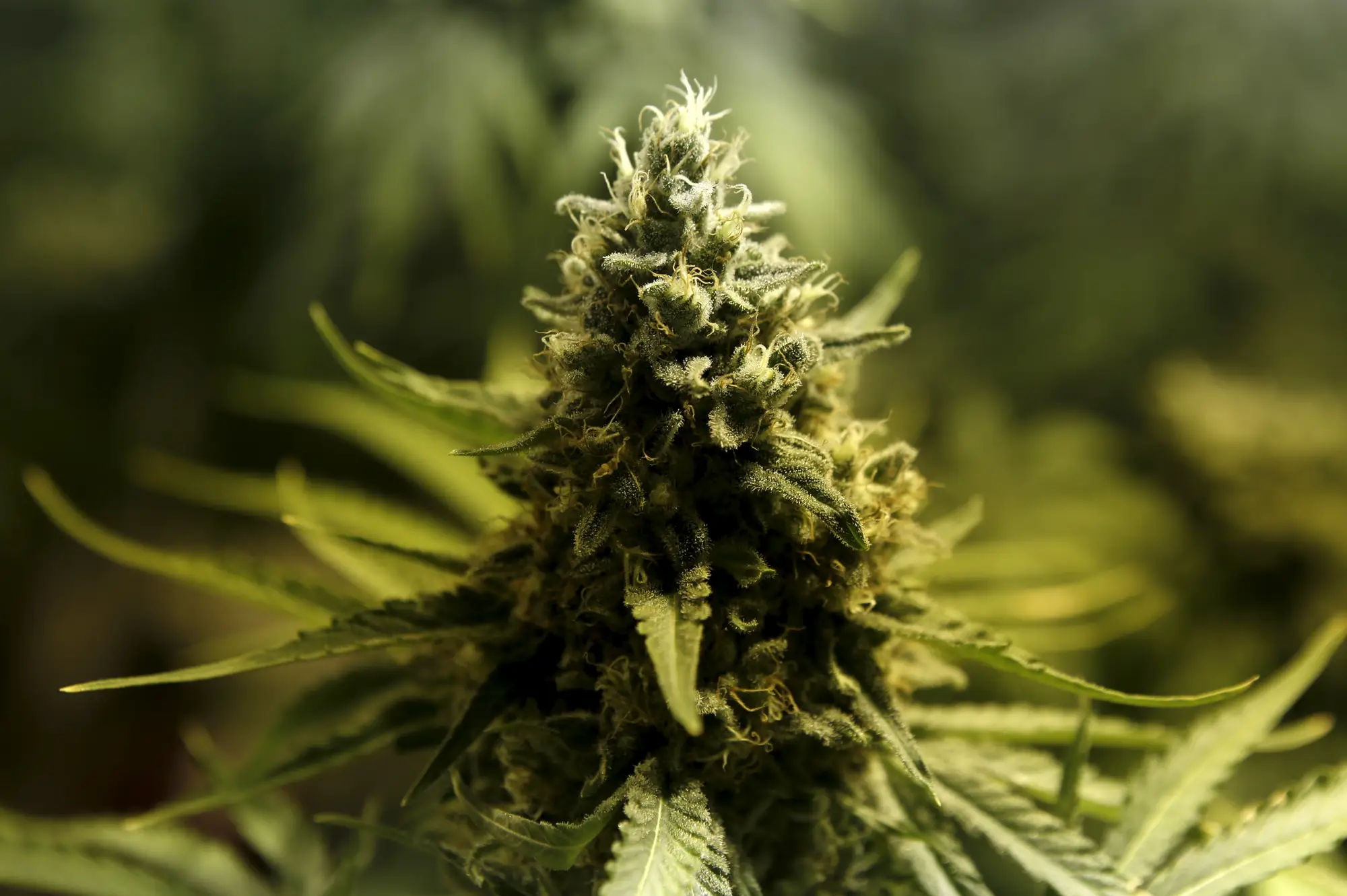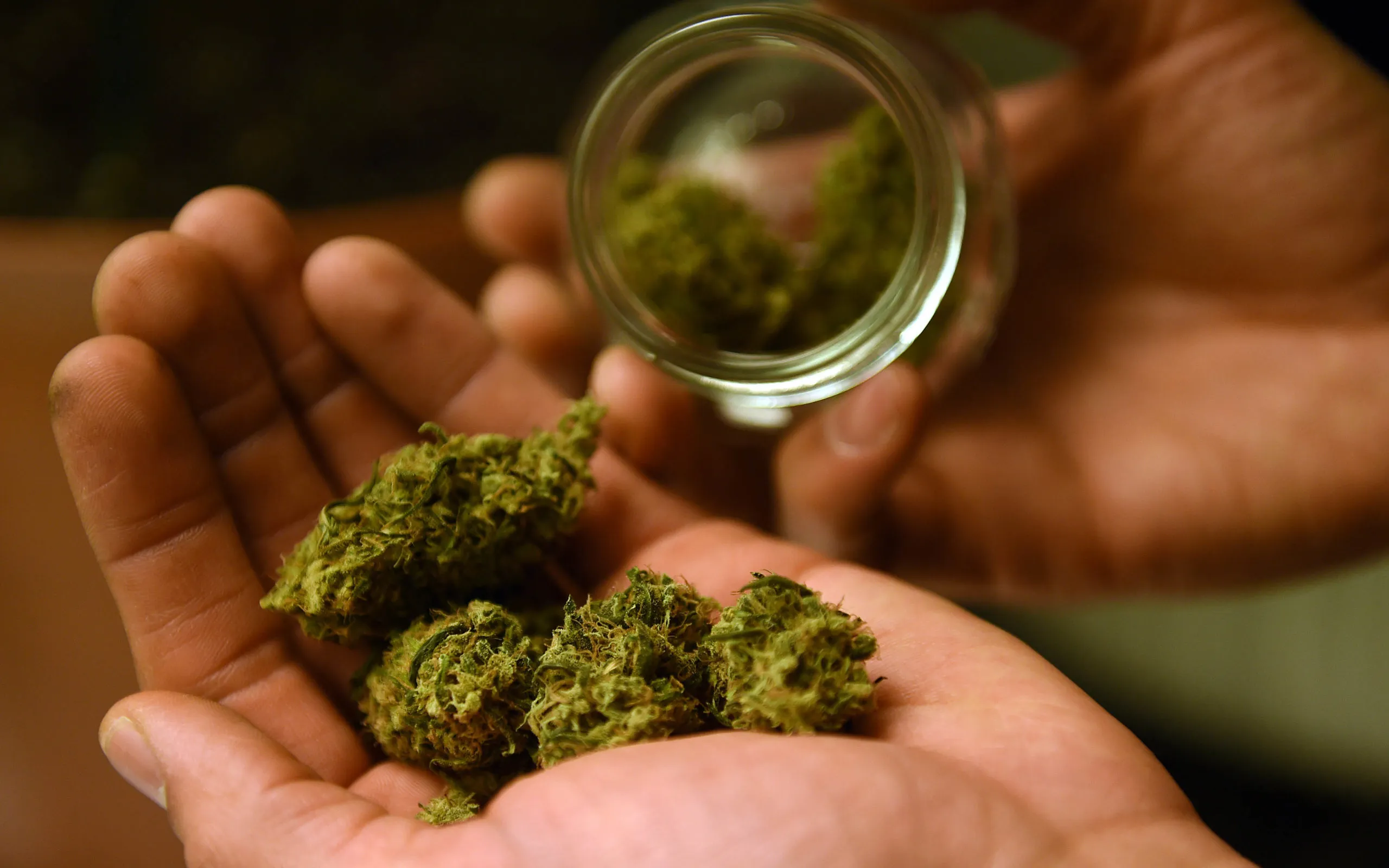News
The Science Behind What Cannabis Does to the Body and Brain
Cannabis, also known as marijuana, has been a topic of significant debate and research for many years. Its effects on the human body and brain are multifaceted and complex, involving various physiological and psychological mechanisms. As legalization spreads and its medical use gains acceptance, understanding the science behind cannabis becomes increasingly important. This blog delves into the intricate ways cannabis interacts with our body and brain, shedding light on both its potential benefits and risks, and explores What Cannabis Does to the Body and Brain.
Cannabinoids and the Endocannabinoid System

Cannabis contains over 100 different cannabinoids, with tetrahydrocannabinol (THC) and cannabidiol (CBD) being the most well-known. THC is the primary psychoactive component, responsible for the “high” that users experience, while CBD is non-psychoactive and has gained popularity for its potential therapeutic effects. These cannabinoids interact with the endocannabinoid system (ECS), a complex network of receptors, enzymes, and endocannabinoids that play a crucial role in maintaining homeostasis within the body. The two primary receptors in the ECS, CB1 and CB2, are found throughout the body, including the brain, immune system, and peripheral organs. THC binds predominantly to CB1 receptors in the brain, influencing mood, memory, and pain perception. On the other hand, CBD has a more complex interaction, modulating the activity of both CB1 and CB2 receptors and influencing various neurotransmitter systems.
Effects on the Brain: Cognitive Function and Mental Health
The impact of cannabis on cognitive function is a major area of research. Acute THC intoxication can impair short-term memory, attention, and executive functions, which are crucial for decision-making and problem-solving. Chronic use, especially when initiated during adolescence, may lead to more persistent cognitive deficits and changes in brain structure. Studies using neuroimaging techniques have shown that heavy cannabis use is associated with alterations in the prefrontal cortex, hippocampus, and other regions involved in memory and executive function. Furthermore, there is growing evidence linking cannabis use to mental health issues. While some studies suggest that cannabis may have antidepressant and anxiolytic effects, others indicate a potential risk for exacerbating symptoms of anxiety, depression, and psychosis. The relationship between cannabis and mental health is complex and likely influenced by factors such as genetic predisposition, the age of onset of use, and the frequency and potency of cannabis consumption.
What Cannabis Does to the Body and Brain – Respiratory and Cardiovascular Systems
Cannabis use, particularly through smoking, has significant effects on the respiratory system. Similar to tobacco smoke, cannabis smoke contains harmful toxins and carcinogens that can lead to respiratory issues such as chronic bronchitis, cough, and phlegm production. However, there is less evidence linking cannabis smoking to lung cancer compared to tobacco. The cardiovascular effects of cannabis are also noteworthy. Acute use can lead to increased heart rate and blood pressure, posing risks for individuals with pre-existing cardiovascular conditions. Moreover, there is evidence suggesting that cannabis use may be associated with an increased risk of myocardial infarction (heart attack) shortly after consumption. Long-term effects on cardiovascular health are still being studied, but there is concern that chronic use could contribute to atherosclerosis and other cardiovascular diseases.
Medical Applications

Despite the potential risks, cannabis has shown promise in various medical applications. One of the most well-established uses is in the management of chronic pain. Both THC and CBD have analgesic properties, making them effective in treating conditions such as neuropathic pain, multiple sclerosis, and arthritis. Additionally, cannabis has been used to alleviate chemotherapy-induced nausea and vomiting, improve appetite in patients with HIV/AIDS, and reduce muscle spasticity in multiple sclerosis. CBD, in particular, has gained attention for its potential in treating epilepsy, with the FDA approving a CBD-based medication, Epidiolex, for certain types of epilepsy. Moreover, ongoing research is exploring the potential of cannabinoids in treating psychiatric disorders, inflammatory diseases, and even certain types of cancer.
Interactions with Other Substances and Potential for Addiction
Cannabis interacts with various other substances, which can alter its effects and potential risks. For instance, combining cannabis with alcohol can lead to enhanced impairment and increased risk of accidents. Additionally, there is evidence that cannabis can influence the metabolism of other drugs, potentially leading to altered therapeutic effects or increased side effects. The potential for addiction is another critical consideration. While cannabis is often perceived as less addictive than substances like opioids or nicotine, it can still lead to dependence and withdrawal symptoms in some users. The risk of developing cannabis use disorder (CUD) is higher among individuals who start using at a young age, use high-potency products, or have a history of substance abuse.
Future Directions and Research Needs

As cannabis legalization continues to expand, there is a pressing need for more rigorous research to fully understand its effects on the body and brain. Longitudinal studies that track individuals over time are crucial for identifying the long-term consequences of cannabis use. Additionally, research should focus on understanding the mechanisms underlying the therapeutic effects of cannabinoids, optimizing dosing regimens, and identifying potential biomarkers for predicting individual responses to cannabis. There is also a need to explore the impact of different modes of administration (e.g., smoking, vaping, edibles) on health outcomes, as well as the effects of emerging cannabis products such as concentrates and synthetic cannabinoids. Finally, public health initiatives should aim to educate individuals about the potential risks and benefits of cannabis use, promoting informed decision-making and reducing harm.
In conclusion, the science behind what cannabis does to the body and brain is complex and multifaceted. While cannabis has potential therapeutic benefits, it also poses risks to cognitive, mental, and physical health, particularly with chronic use and in vulnerable populations. As research continues to evolve, it is essential to approach cannabis with a balanced perspective, recognizing both its medical potential and its risks. Public health policies and educational efforts should strive to provide accurate information, support further research, and ensure that the benefits of cannabis can be realized while minimizing harm to individuals and society.


